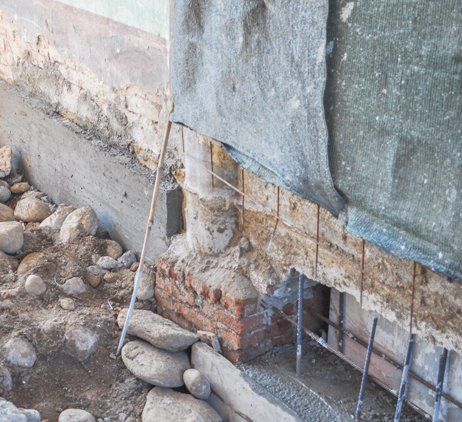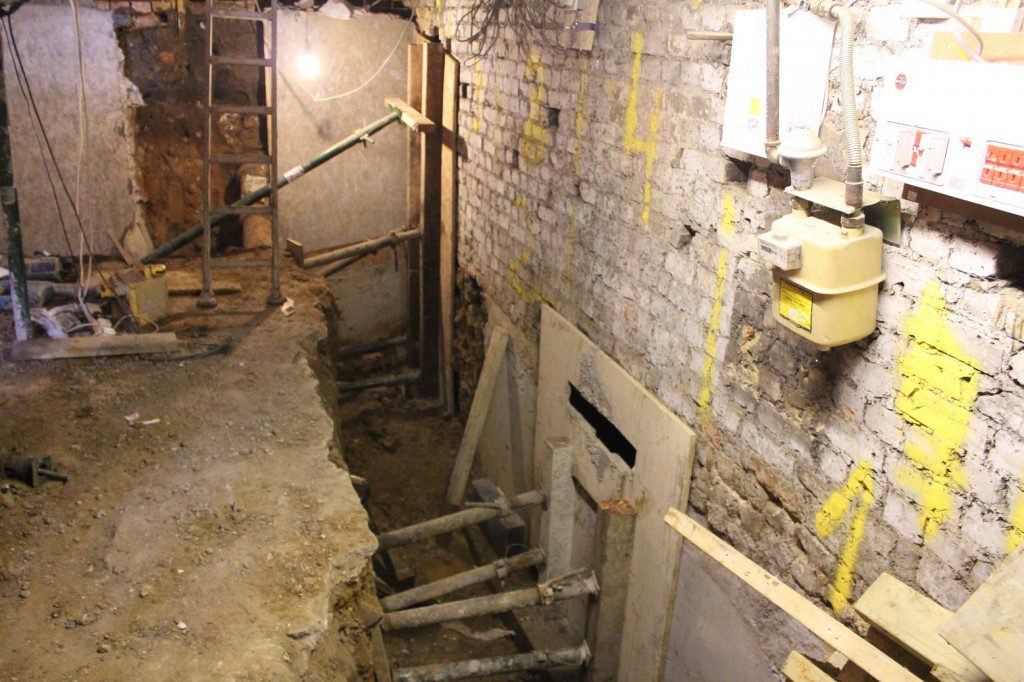There are many types of foundation slabs. Each has its advantages as well as disadvantages. Cement-based foundations tend to be more durable, but crushed-stone slabs are cheaper. Crushed stone must not exceed 20 cm in thickness. To ensure a foundation, crushed-stone footings should be rammed well. Vibratory-ramming equipment is highly recommended. This type foundation slab is becoming more popular with builders.
Foundation Slab
Slab foundations are preferred by people who live in areas where winter freezes are rare and foundation cracks are unlikely. A concrete foundation slab is easy to install and maintain, but it requires more maintenance than a traditional foundation. This foundation can also be unattractive for some people. However, it is still important to do your research to determine the right type of foundation for your house. Here are a few of the most common types.
foundation cracks
Raised foundations provide structural support and storage space. This foundation raises the structure above grade and uses thick concrete feet. Concrete stem-walls are attached to masonry walls to create a raised platform for building slabs. This foundation consists of a foundation wall and a spread footing. The crawlspace refers to the space between the elevated foundation, the ground. There are many advantages to a raised foundation.

Raised foundations
Monolithic foundations can also be used to support massive buildings. This foundation can withstand heavy loads because of its weight. Monolithic foundations can bury up 150-200mm below the surface and rise 100-120mm above it. They are cheaper than slab foundations. Unlike monolithic foundations, this type of foundation requires little excavation and is also more durable than a strip foundation.
Monolithic foundations
Crawlspaces may also be an option. Crawlspaces are underutilized space below the ground level. Crawlspaces can be a source for moisture and even mold. They also allow for easy access to plumbing and inspection. Crawlspaces are also useful for additional storage space. Soil that swells and expands can cause mold growth. Crawlspaces tend to be more expensive that slab foundations.
Another option for wooden gazebos is the foundation. A wooden gazebo doesn’t require any concrete, unlike a traditional foundation. It also does not need complicated construction. A gazebo can be supported not only by a slab of foundation, but also by two or more wooden posts. The foundation must be shallow enough to support the structure, but it should be sturdy enough to bear the weight. It may be easier to build a gazebo using a strip foundation than on a traditional foundation, depending on the type of foundation slab chosen.

